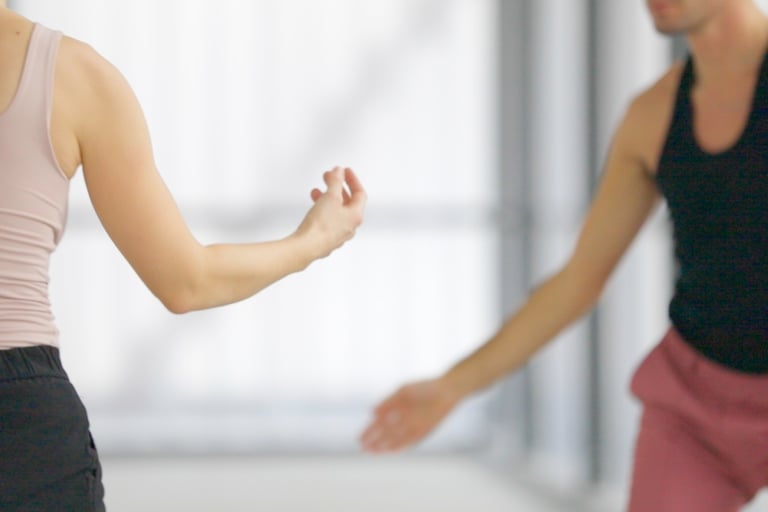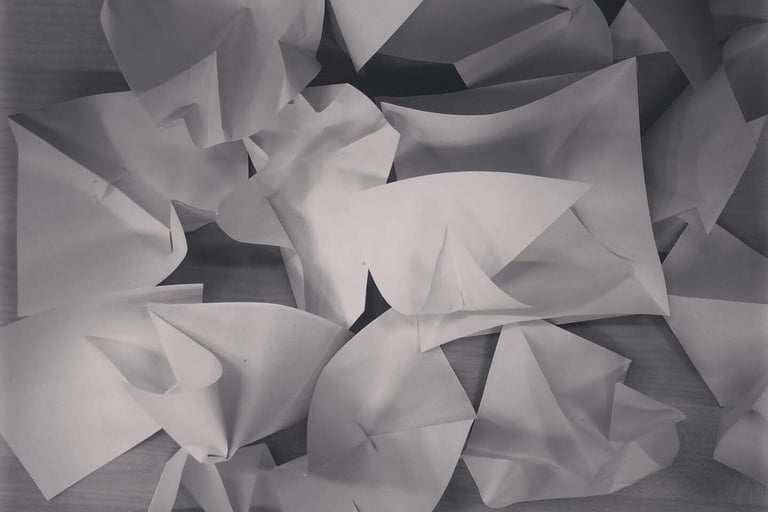What Artistic Research Taught Me About Helping People Heal
.
Mike O'Connor
6/17/20253 min read
People often ask what a PhD in artistic research actually gives you. For me, the answer is clear: it trained me to think differently, to follow intuition with rigor, and to treat embodied experience not as a side note to intellect, but as its equal. Artistic research doesn’t just ask questions — it moves with them. It allows knowledge to be felt, drawn, sensed, or spoken through the body. In this way, it aligns deeply with healing. Because healing is rarely linear. And neither is learning, sensing, or becoming.
Embodied Meaning Is Real Meaning
I remember reading philosopher Mark Johnson, who wrote:“The obvious fact that we usually cannot put into words what we have experienced in our encounter with an artwork does not make the embodied, perceptual meaning any less a type of meaning.”
That sentence stayed with me. It gave language to what many of us already know: that embodied sense is knowledge — and that we gain knowledge through movement, not just about it.
At a psychology conference years ago, I heard cognitive linguist George Lakoff speak about how certain words carry meaning through the shape and movement of the mouth. As he laid out the science, I realized I had arrived at a similar insight — not through linguistic analysis, but through practice. I was exploring how the sound of voice can be translated into shape in the body, how dancers interpret pitch and vocal qualities not as data but as gesture. Lakoff and I came to the same knowledge, but by different means. For me, that confirmed the value of artistic research: its ability to produce knowledge by doing — not only by observing.


Listening to the Body as Material
As theorist Henk Borgdorff writes, artistic research begins when art becomes a means of investigation — when creative processes are designed to expand understanding. For me, this isn’t abstract theory. It’s the foundation of my approach to working with people.
When someone comes to a retreat or private session, I’m not there to analyze from a distance. I’m there to enter a process of inquiry together. I’ve learned to trust that the body contains knowledge we haven’t fully met yet — and that meaning might surface as a movement, a metaphor, or a felt shift in awareness.
In somatic work, I listen to the body the same way I learned to listen to materials in artistic practice — with attention, patience, and curiosity. Just as a piece of clay or a line on paper can shape what’s possible, the body shapes and reshapes its own unfolding logic. This work isn’t about applying a method; it’s about staying responsive to what’s present.
The Body as Origami
Sometimes this work feels more like origami than therapy. We fold. We unfold. We hold tension and release. We notice the structure that formed us — and begin to reshape it.
In my doctoral work, I often returned to the image of the human body as origami: layered, shaped by interaction, full of embedded memory and structure. Our gestures are not random. They are folded traces — shaped by culture, experience, protection, expression. What I learned through artistic research is that those folds are not fixed. They can open. They can change shape.
And in that shaping, something like healing begins, when we can appreciate the folds that brought us to where we are now and see the new ways we can rearrange ourselves to create new structures for the present and future.
This is why bringing the body into the experience of therapy is so important. We cannot always think ourselves toward the ability to change. For the mind to change, it needs a new bodily experience first.


